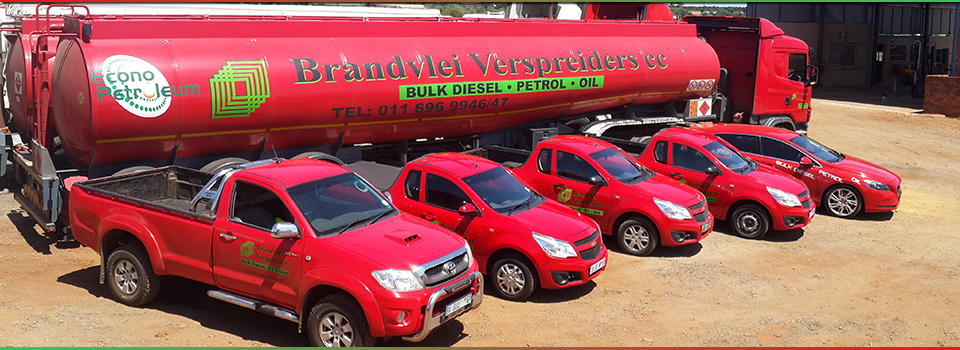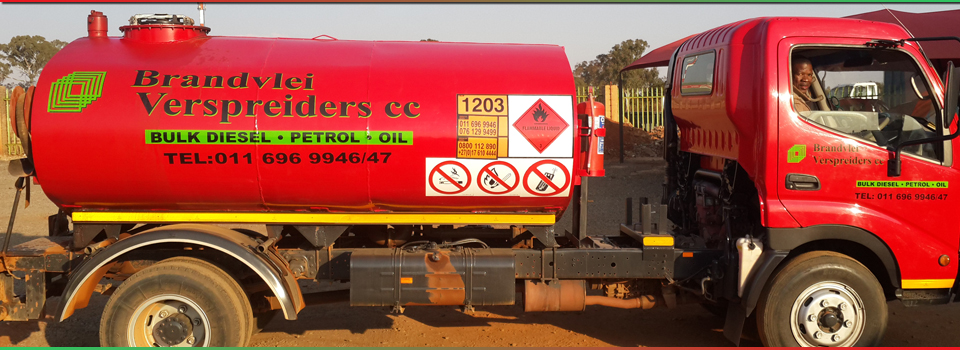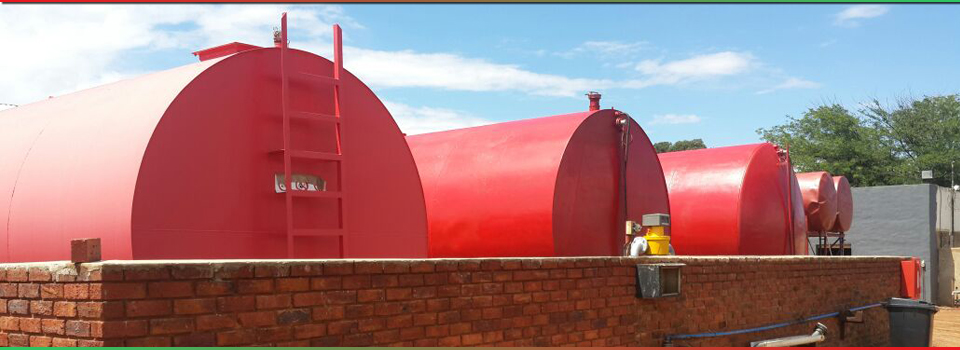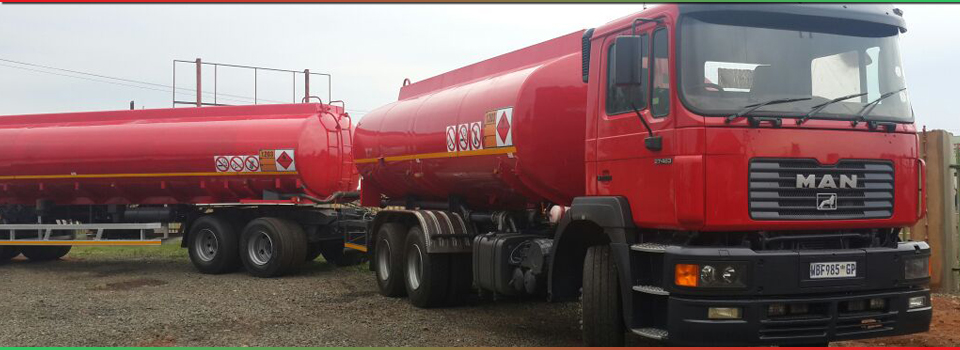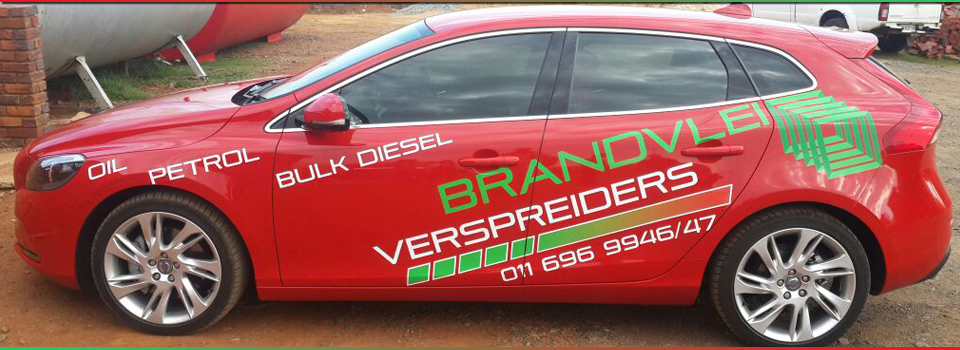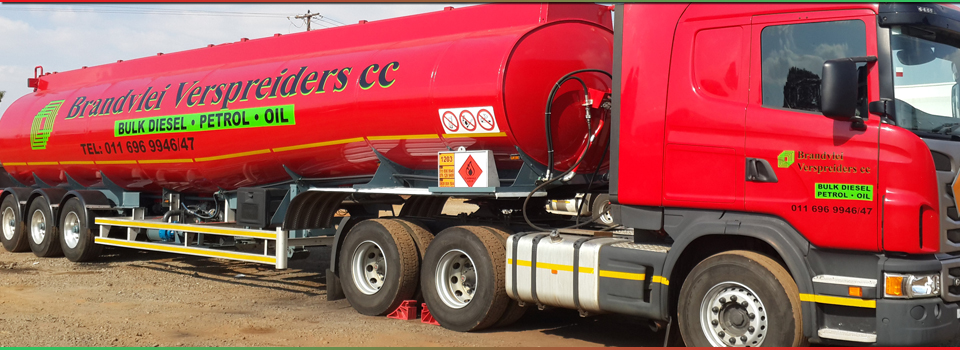Setting your own direction for a Clean-Fuel Commercial Fleet
The Clean Fuel Fleets Program (CFFP) is a governmentally financed program to urge fleet operators to utilize clean fuelled vehicles (CFVs) in certain urban zones that have truly experienced air quality issues. CFVs are cars and trucks controlled by electric power-trains or by engines that deliver lower air emissions than those before.
The CFFP targets fleet operations in light of the fact that such fleets work substantial quantities of vehicles over numerous miles every year; encounter turnover as vehicles destroy and are supplanted; and are frequently powered at a main issue. These elements recommend that urging fleets to change over to CFVs will deliver more sensational upgrades in air quality over a shorter period than would be conceivable something else.
Clean fueled vehicles (CFVs) can be classified into three groups:
1. Vehicles that burn conventional gasoline or diesel fuels.
2. Vehicles that burn elective powers that naturally deliver next to zero emissions. These incorporate those cars and trucks either initially prepared or in this way adjusted to burn ethanol, methanol, hydrogen, biodiesel, packed regular gas (CNG), or fluid propane gas (LPG) fuel.
3. Vehicles that are like electric power-trains driven by storage batteries.
Fleets are made for the capacity to gauge the normal climate emissions for the innovation they utilize. The fleets provide the missing responses to a few critical choices that commercial fleets consistently make. It can be utilized for:
Purchasing vehicles:
Most fleets have the devices to comprehend particulars of their present diesel vehicles or option vehicles that they should seriously mull over. With the Fuel Tool, they can now additionally think about the atmosphere emissions advantages of these technologies. For instance, a fleet owner might need to supplant diesel tractors with packed regular gas and can utilize the Fuel Tool to comprehend the normal atmosphere discharges from current trucks in the fleet and those of different common gas vehicle choices with various efficiencies under consideration.
Setting expectations with suppliers:
In the developing universe of clean fuel, contending claims by providers make it hard to comprehend choices. With the Fuel Tool, an organization can comprehend the high-, medium-, and low-affect wellsprings of each kind of fuel and the practices that keep away from the most noticeably awful effects. In this way, an fleet operator may focus on renewable diesel and look for providers that can offer reasonably guaranteed canola oil or even lower-affect fuel from utilized cooking oil.
Determining fleet targets:
Companies officially set development and cost-decrease objectives and progressively, fleet effectiveness and discharges targets. The Fuel Tool gives fleet operators the capacity to pick the mix of proficiency and option fuel vehicles that is best for them. We on track to meet the objective of driving 1 billion miles on option fuel and propelled innovation vehicles, and are starting to survey our alternatives for the up and coming era of clean armada targets. To accomplish critical diminishments in greenhouse gas outflows, fleets will need to utilize bring down carbon powers. The Fuel Tool can help fleets arrange their future fuel purchases to limit environmental effects.
The transition to a clean-fuel economy is underway and it brings us one step away to making a change towards the future we hope for.

